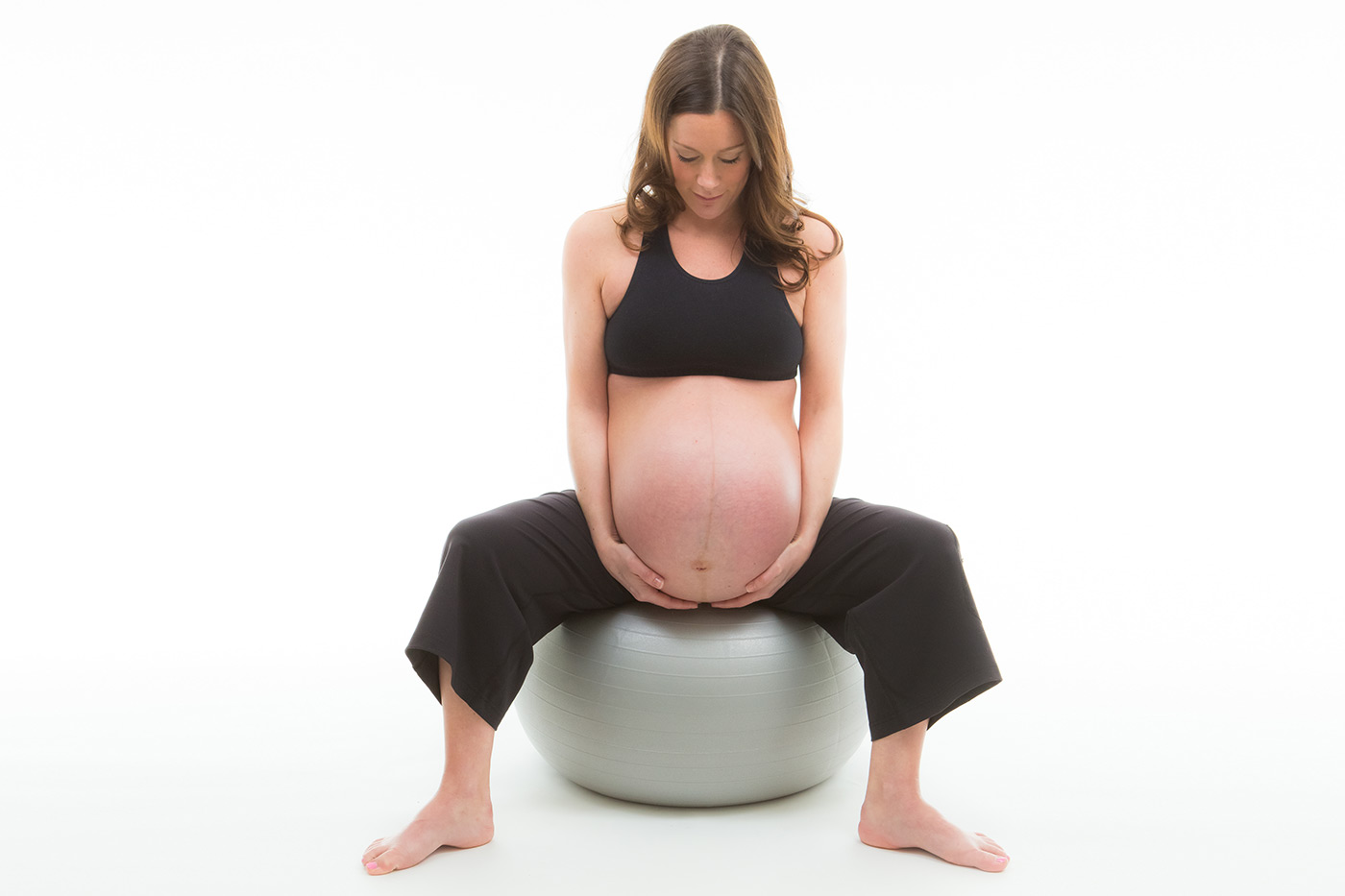5 Signs That Labor Is Near with Twins
Are you expecting two and wondering when to go to the hospital? In this article, I’ll help you spot 5 common signs that labor is near with twins and what you can do before delivery time.

With twins, especially high-risk multiples, labor and delivery can come at any time. You could be in your doctor’s office for a routine checkup when she finds complications that mean you’re delivering that day. On the other hand, you might find yourself at 38 weeks, counting down the days until you’re finally able to deliver.
And with so many differences between single and twin pregnancies, you can’t always rely on typical pregnancy advice.
As a twin mom, I knew I had to be on the lookout for these symptoms once I neared the later months of my pregnancy. After talking to several other twin parents, I learned that these are the 5 most common signs that labor is near with twins. Take a look:
Table of Contents
1. Tightening in the uterus
Braxton Hicks contractions feel like a painless, mild tightening in your uterus and can happen as early as the second trimester. They’re “practice contractions”—the uterus is tightening to prepare for the eventual labor down the line. Some women experience this for some pregnancies while others don’t at all.
If you feel a tightening in your uterus, see if it’s Braxton Hicks or the real onset of labor. How can you tell the difference? Braxton Hicks contractions are irregular and come and go at erratic times.
Certain steps can also rule out Braxton Hicks as the cause of the contractions. For instance, they should go away if you:
- Lay on your left side so your blood is better able to flow through your body with less pressure.
- Walk slowly around the room.
- Drink water.
Monitoring these contractions is important. Track their frequency and see if there’s a pattern. If you do find a pattern, even after doing the above steps, you’re likely entering labor.
2. Cramps
Another symptom of labor that expecting moms experience is cramps, like the kind you might feel during a menstrual cycle.
If you feel abdominal pain and cramps, again, track when and how often they happen. Then, try the following to see if doing so relieves the discomfort:
- Change positions.
- Drink water.
- Place a warm compress on the area that’s cramping.
- Soak in a warm bath.
If you are in the beginning stages of labor, drink plenty of water. This can ease some of the discomfort of the cramping and contractions. Don’t forget to eat as well, since you probably can’t eat once you’re in the hospital until you’ve finally delivered the twins.
3. Pelvic pressure and backache
Like cramps, you might feel pelvic pressure or backache as you begin labor. Your first twin might be dropping into position closer to your cervix and causing pressure, making you feel extra weight in your pelvic region.
If you feel this as well as backache, you’re likely in the first stages of labor.
Try to rest during this time. Your body will go through tough physical challenges in a few hours—reserve your energy for then. Try to sleep or take a nap, especially if your symptoms happen at night and while they’re still somewhat mild.
Even if you can’t fall asleep, don’t do too many strenuous activities. Watch a movie lying down in bed, or move slowly around the house. Conserve your energy now so you’re not going to the hospital already exhausted.
4. Constipation and gas
Some symptoms disguise themselves well, making you think you’re just having constipation and gas. You might feel like you have to poop and can’t seem to push anything out, or bloated, like you have to pass gas.
In fact, this was the case with me. I thought I had constipation and tried to poop, but it turned out I was actually in labor. A friend of mine experienced a similar feeling, and we laughed about how strange labor can come so unexpectedly.
If the gas pains and constipation persist, begin timing the discomfort to track how often they happen. If you see a pattern, you’re likely in labor.
5. Water breaking
Contrary to what we see on television, only a small percentage of women experience their water breaking. Still, it can happen.
Your babies are inside an amniotic sac, and when that membrane ruptures, the amniotic fluid leaks out. This is what we call your water breaking and is a sign of labor.
Discuss with your doctor what she suggests you do when your water breaks. She’ll likely want you to labor at home and only go to the hospital when your contractions are a certain pattern apart. That said, note the time your water broke, since you’ll probably need to deliver within 24 hours, regardless of the pattern of your contractions.
Frequently asked questions
I thought my twin labor would go much faster than my singleton, since subsequent labors tend to go faster than the first. (Our bodies are supposed to “remember” how to labor, so the time to give birth shrinks with each one.)
But twin labors typically take longer, even if this is your second pregnancy. Personally, my first singleton labor took 14 hours while my twin labor took 20 hours.
Whether twins or not, most hospitals will admit you if your cervix has dilated to three centimeters. Your doctor should also tell you how many minutes apart your contractions should be before you go to the hospital.
Because of this, you’ll likely be home during the early stages of labor. This is when your contractions are rhythmic, but still too far apart and too short to need to be in the hospital.
Even if you have your hospital bag ready, start adding last-minute items that you couldn’t do before (like contact lenses and eyeglasses, a hairbrush, or your phone charger).
If you have kids, make arrangements with your sitter. For instance, give her enough time to head over but not so much that she might not have much to do (unless you could use her company). And long before labor happens, ask her to have her overnight bag ready to go so she’s packed and ready to come over. She might have to leave at a moment’s notice, and packing her back can hold her back longer.
The bottom line
These were the types of symptoms that I knew nothing about, especially when dealing with twins. Hopefully, in sharing what I learned, you now know a few signs labor is near with twins—even if it takes 20 hours.
Get more tips:
- Preparing for Twins: A Checklist of Everything You Need to Do
- Must Haves for Twins to Add to Your Registry List
- So You’re Having Twins. Now Here’s What to Do:
- 11 Interesting Facts about Twins You May Not Know
- Feeling Scared About Having Twins? You’re Not Alone
Free printables: Want to make sure you get everything you need done for your twin pregnancy? Grab your Twin Pregnancy Checklist! Now you’ll know which tasks you need to take care of before the twins arrive. Get it below—at no cost to you. You’ll also get my newsletters, which parents say they LOVE:
“This message was definitely needed! You put everything into words that I am literally thinking, and feeling like currently. Thank you for the reminder that I am enough and that I am doing the best that I can with my kids.” -Melissa Randall

